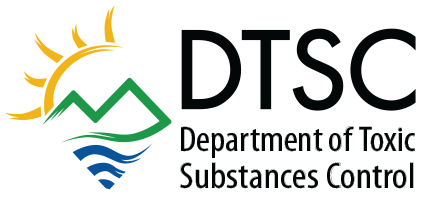Maybe. The total threshold limit for lead is 1,000 parts per million (ppm). If your waste contains less than 1,000 ppm lead total concentration, you may not have to dispose of it in a Class I hazardous waste landfill. If your lead contains greater than 50 ppm lead (total concentration), you must determine if the waste is hazardous waste due to the soluble concentration of lead in the waste.
On January 1, 1999, a law went into effect putting several restrictions on the disposal of copper, nickel, and, lead-containing waste. It said that you had to dispose any waste having more than 350 parts per million of lead to a full-blown hazardous waste landfill (very expensive) or to one of the “in between” landfills (we call them Class II) that is specifically permitted to take lead-containing waste. That left you with having to deal with non-hazardous waste –lead concentrations between 350 and 1,000 ppm –as hazardous waste.
But that law had what we call a “sunset”, a date after which it is no longer effective unless the Legislature acts to make it continue on. The “sunset” on this law passed on July 1, and the Legislature did not act.
Therefore, if you have soil, let’s say, with levels of lead less than 1,000 ppm and the soil does not exceed any of the other criteria for a hazardous waste, you can take it to any non-hazardous waste disposal facility that’s allowed to accept lead.

